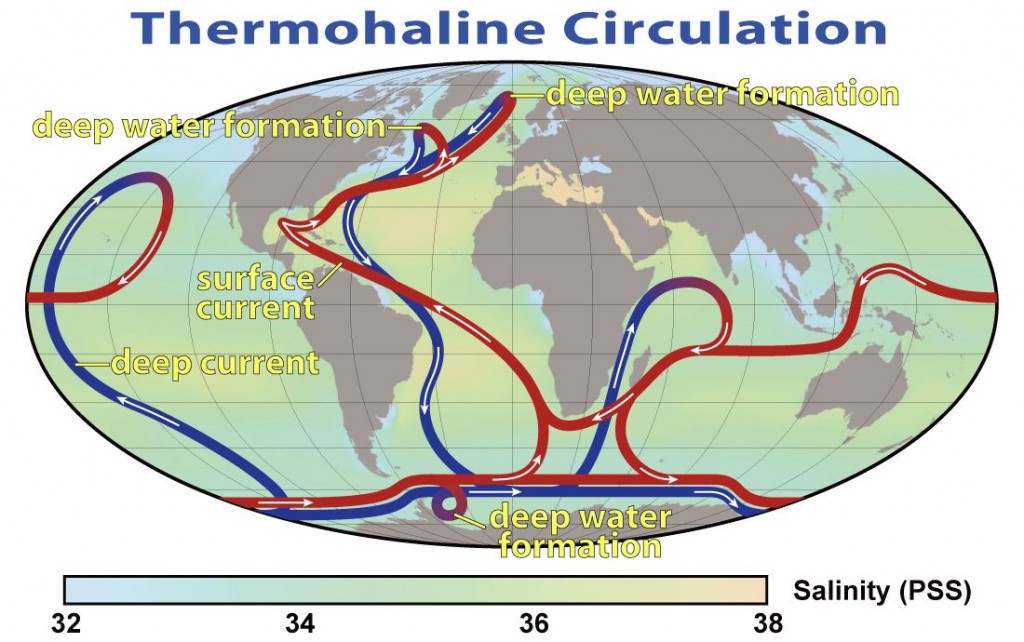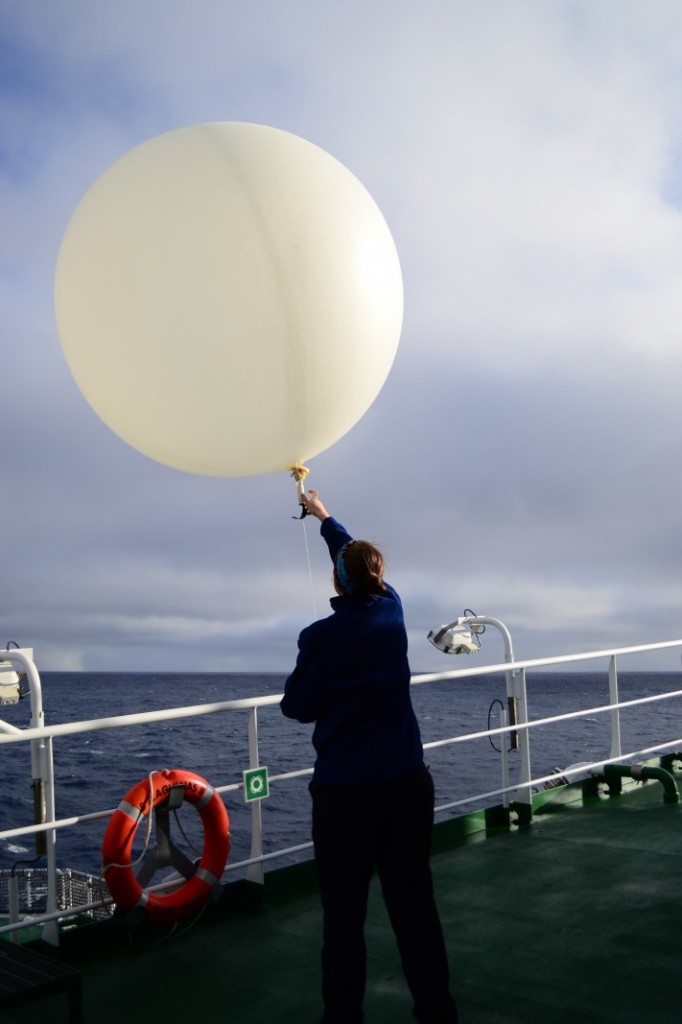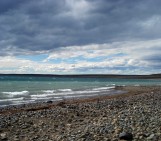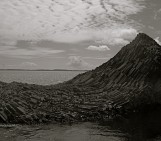Some aspects of Earth Science are truly interdisciplinary and this week’s Imaggeo on Mondays photograph is testament to that. The maiden voyage of the research cruise SA Agulhas II offered the perfect opportunity to combine oceanographic research, as well as climate science studies. Raissa Philibert, a biogeochemistry PhD student, took this picture of the daily release of a weather balloon by meteorologists from the South African Weather Services.
The highlights of Raissa trip aboard the ship include
“the multidisciplinary aspects of the cruise. It was fascinating talking to people doing such different things. Being on the first scientific cruise aboard the vessel was also extremely exciting as well as going to the southern ocean in winter as this provides such rare datasets.”
This cruise was an excellent opportunity for scientists ranging from physical oceanographers, biogeochemists, meteorologists, ornithologists and zoologists to collect data. The two main scientific programmes aboard the cruise aimed to understand 1) the seasonal changes in the carbon cycle of the Southern Ocean, and 2) gain a better understanding of the modifications in water composition caused by the meeting and mixing of the Indian and Atlantic Oceans in the Agulhas Cape region in South Africa.
Understanding both of these processes is important because they impact on the global thermohaline circulation (THC), which is strongly related to global climate change. Think of the THC as a giant conveyor belt of water within the Earth’s oceans: warm surface currents, rush from equatorial regions towards the poles, encouraged by the wind. They cool and become denser during the time it takes them to make the journey northwards and eventually sink into the deep oceans at high latitudes. They then find their way towards ocean basins and eventually rise up (upwell if you prefer the more technical terms), predominantly, in the Southern Ocean. En route, these huge water masses transport energy (in the form of heat), as well as solids, dissolved substances and gases and distribute these across the planets Oceans. So you can see why understanding the THC is crucial to researchers wanting to better understand climate change.

This map shows the pattern of thermohaline circulation. This collection of currents is responsible for the large-scale exchange of water masses in the ocean, including providing oxygen to the deep ocean. The entire circulation pattern takes ~2000 years. Credit: Nasa Earth Observatory.
The THCs also plays a large part in the carbon cycle in the oceans. Microscopic organisms called phytoplankton drive the main biological processes through which the ocean takes up carbon. They photosynthesise like plants which mean that they use carbon dioxide and water along with other nutrients to make their organic matter and grow. After some time, the phytoplankton die and their organic matter sinks. Part of this organic matter and carbon will remain stored in the deep ocean under various forms until it is brought back up thousands of years later by the THC. Through this cycle, phytoplankton play a major role in controlling the amount of carbon dioxide in the atmosphere and hence, also the Earth’s climate.
By Laura Roberts, EGU Communications Officer, and Raissa Philibert, PhD Student.
If you pre-register for the 2015 General Assembly (Vienna, 12 – 17 April), you can take part in our annual photo competition! From 1 February up until 1 March, every participant pre-registered for the General Assembly can submit up three original photos and one moving image related to the Earth, planetary, and space sciences in competition for free registration to next year’s General Assembly! These can include fantastic field photos, a stunning shot of your favourite thin section, what you’ve captured out on holiday or under the electron microscope – if it’s geoscientific, it fits the bill. Find out more about how to take part at http://imaggeo.egu.eu/photo-contest/information/.






Pingback: GeoLog | GeoTalk: Deciphering the mysteries of the Mediterranean Sea with Katrin Schroeder